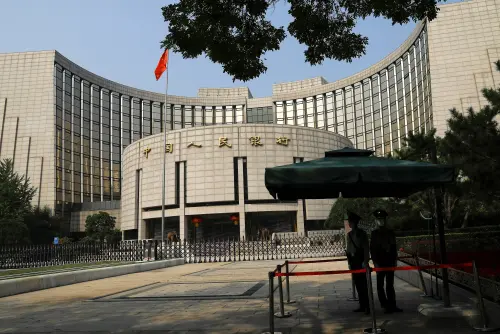China's banks are reducing the interest rates on U.S. dollar deposits as instructed by the central bank. The move aims to deter dollar hoarding and support the weakening yuan. Retail investors and exporters in mainland China have accumulated nearly a trillion dollars in deposits due to higher U.S. yields and the yuan's depreciation.
Banking sources revealed that the People's Bank of China has directed both large and small banks nationwide to lower their dollar deposit rates to discourage further accumulation of dollars and promote converting them into yuan. Some banks have already announced rate cuts, such as Bank of East Asia and Bank of Nanjing.
Despite domestic dollar deposits offering lower returns than international markets, where 3-month dollar deposit rates are about 4.5%, they still outperform local currency deposits. The discrepancy has encouraged a "carry trade" strategy, with individuals capitalizing on the higher dollar rates.
In response to rising foreign exchange deposits and increasing demand for foreign currency, China's commercial banks have intensified their selling activities. The widening gap between higher U.S. interest rates and declining Chinese yields has diminished the yuan's attractiveness to domestic investors, exacerbated by President Trump's tariff threats and economic uncertainties.
The precise measures concerning the big five state banks are unclear. Initially capped at 2.8%, the current directive may involve all banks in reducing dollar deposit rates.
